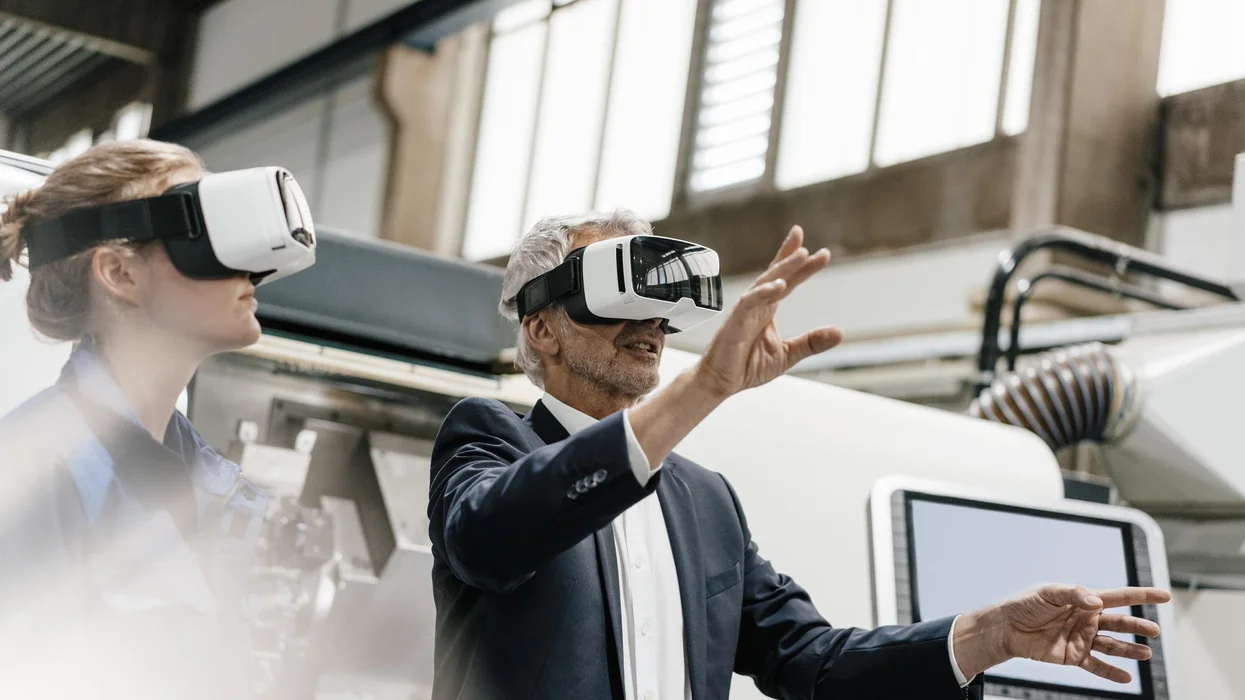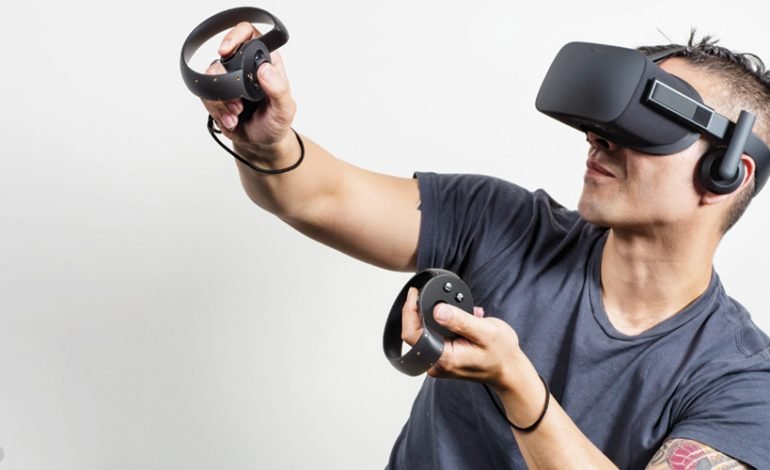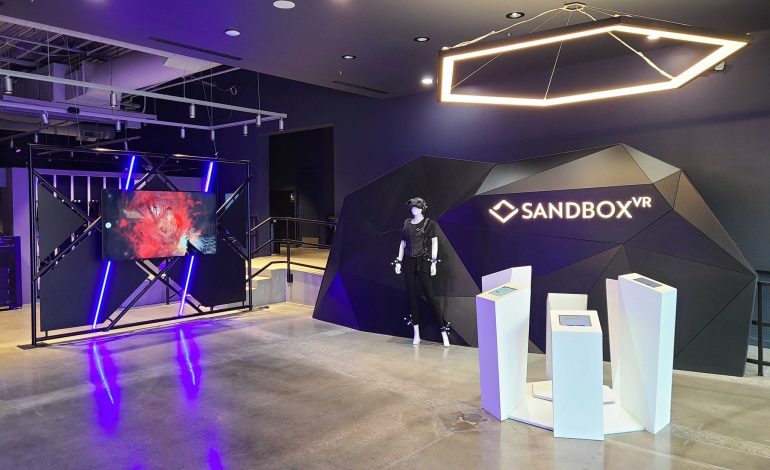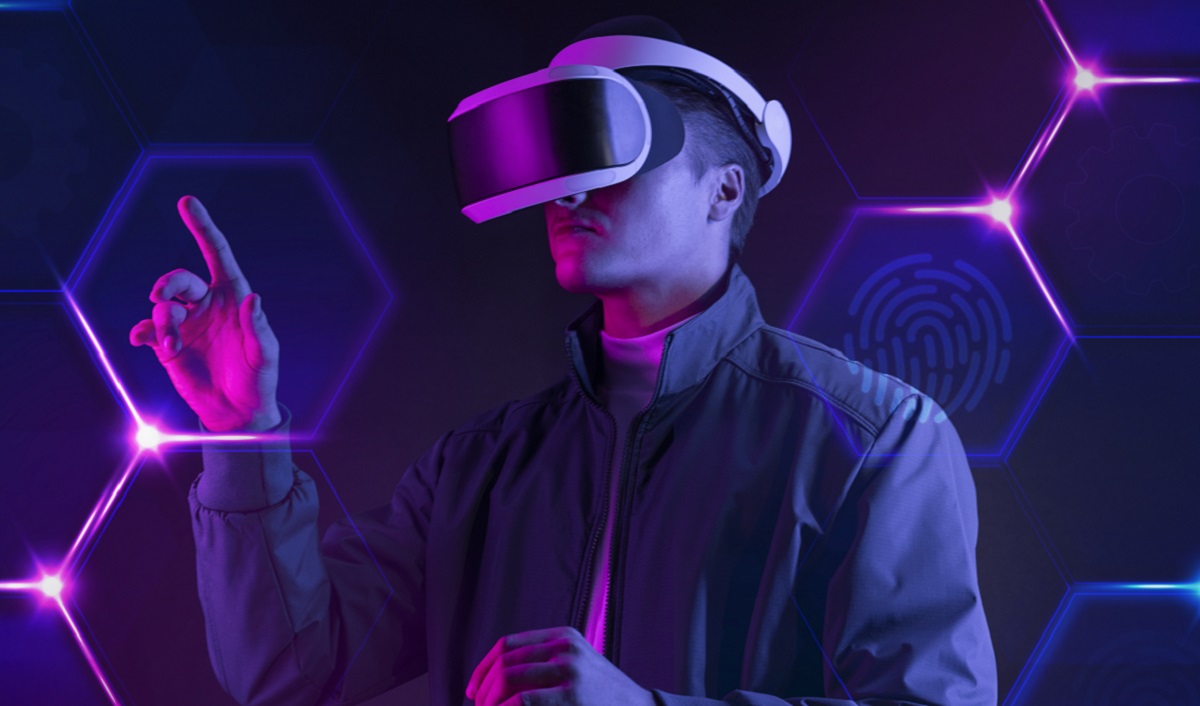Revolutionizing Virtual Reality in Machinery Sales Meetings

Virtual Reality in Machinery Sales Meetings is revolutionizing how businesses conduct sales meetings. By utilizing virtual reality technology, companies can offer buyers a more immersive experience, enabling them to explore products in a 3D environment and interact with sales representatives from anywhere in the world. This technology allows businesses to create more effective sales presentations, streamline customer service, and develop deeper customer relationships. In this blog post, we will explore how virtual reality in machinery sales meetings transforms machinery sales meetings and the benefits it brings to businesses.
What is Virtual Reality?
Virtual Reality (VR) is a technology that creates an immersive environment by simulating a user’s physical presence in a digital world. It involves using a headset with a display, motion-tracking sensors, and input devices that allow users to interact with the virtual environment. With VR, users can feel like they are in a completely different world, making it a valuable tool in various industries, including machinery sales.
VR in machinery sales meetings can enable buyers to experience a realistic representation of the machinery, including its functionality, features, and capabilities. It can showcase a machine’s strengths, helping to close deals faster. It can also save companies time and money by allowing potential buyers to experience machinery from a distance, reducing the need for costly and time-consuming on-site visits.
The technology is continuously evolving, and it can be utilized in various ways to create unique and engaging sales experiences for buyers. Let’s dive into some ways VR can be used in machinery sales meetings and the benefits and challenges of using the technology.
How can VR be used in sales meetings?

Virtual reality in machinery sales meetings has emerged as a game-changing technology in various industries, including the sales and marketing domain. In the machinery sales sector, VR can create a highly immersive and engaging experience for prospective buyers. Here are a few ways VR can be used in machinery sales meetings:
1. Product Demonstrations:
With the help of VR, sales representatives can provide a virtual tour of the machinery, highlighting its key features and functionalities. Prospective buyers can get a first-hand experience of how the equipment works and see its parts and components up close.
2. Virtual Walkthroughs:
Sales representatives can create virtual 3D models of the machinery and allow buyers to explore the equipment in a virtual environment. This way, buyers can understand the scale and scope of the machinery and assess whether it suits their requirements.
3. Training and Simulation:
Sales representatives can use VR to provide a virtual training session to the buyers on operating and maintaining the machinery. With VR simulations, buyers can experience a safe and controlled environment to practice handling the equipment and troubleshooting potential problems.
Sales representatives can use VR to showcase the various customization options available for the machinery, allowing buyers to choose their preferred configurations and accessories.
4. Interactive Presentations:
Sales representatives can create interactive presentations using VR, making the sales meeting more engaging and memorable for the buyer. They can showcase the machinery’s capabilities and highlight its advantages over competitors in a fun and interactive way.
The benefits of using VR
virtual reality in machinery sales meetings (VR) technology is quickly gaining popularity in many industries, including machinery sales. Using VR technology in sales meetings can provide many benefits, including:
- Enhanced product visualization: With VR technology, sales representatives can showcase their products virtually. This enables the potential customer to see and interact with the product in a much more immersive way, allowing them to understand its features and functionality better.
- Cost-effective: Traditional sales meetings can be expensive, especially if they involve travel. VR technology can eliminate these costs, allowing sales reps to conduct sessions remotely from the comfort of their office.
- Time-saving: Virtual reality in machinery sales meetings can also be more time-efficient than formal sales meetings. With the ability to share presentations and data in real-time, sales representatives can quickly answer potential customers’ questions without spending hours traveling or waiting for meetings to start.
- Increased engagement: VR technology can help sales reps create a more engaging experience for potential customers. The immersive nature of VR technology can capture the customer’s attention, increasing their interest in the product and the overall sales process.
- Competitive advantage: As more and more companies begin to use VR technology in their sales meetings, those who stay caught up. By embracing VR technology, sales reps can gain a competitive edge and differentiate themselves.
Overall, virtual reality in machinery sales meetings technology has the potential to revolutionize the way machinery sales meetings are conducted. This technology allows sales representatives to enhance their presentations, reduce costs and time, increase engagement and gain a competitive advantage in the marketplace.
The challenges of using VR

While virtual reality in machinery sales meetings can provide many benefits to machinery sales meetings, it also presents some challenges that must be addressed.
First, there’s the issue of cost. VR technology can be expensive to purchase and maintain, especially for small or medium-sized companies. Additionally, a learning curve associated with using VR can require training and additional support.
Another challenge is ensuring that the technology is compatible with all participants’ devices and that everyone has access to the appropriate software. With universal access, everyone can participate fully in the VR experience.
Furthermore, there’s the potential for motion sickness and disorientation among participants, especially if the VR experience is particularly immersive. This can impact the effectiveness of the meeting and result in participants feeling distracted or ill.
Finally, there’s the challenge of ensuring that the VR experience aligns with the goals and objectives of the meeting. Without careful planning and execution, VR can be a distraction from the purpose of the discussion rather than an enhancement.
Despite these challenges, many companies embrace VR technology in their sales meetings as they see the potential benefits outweigh the drawbacks. As with any new technology, careful planning and attention to detail can help overcome these challenges and make VR an effective tool in machinery sales meetings.
FAQS – Most Frequently Asked Question
Q: How does VR improve the sales meeting experience?
A: Virtual Reality enhances the sales meeting experience by providing an immersive and interactive experience. It allows sales representatives to showcase products visually compellingly and demonstrate their functionality in a way that traditional presentations cannot.
Q: What kind of machinery can be presented using VR?
A: Virtually any type of machinery can be presented using VR. From large-scale industrial machinery to smaller tools and equipment, VR provides a unique way to showcase the capabilities and features of these products.
Q: What are some challenges of using VR in sales meetings?
A: One of the main challenges of using VR in sales meetings is the cost of the equipment and software required. Additionally, there may be technical issues with the VR equipment, such as compatibility with different devices or the need for frequent updates and maintenance.
Q: How can VR be used to train sales representatives?
A: VR can simulate real-life scenarios, allowing sales representatives to practice their skills and learn how to handle different situations in a safe and controlled environment. This can be especially useful for new hires or employees who are new to the industry.
Q: Can VR be used for remote sales meetings?
A: Yes, VR can be used for remote sales meetings. Using a VR headset and appropriate software allows participants to meet virtually in a shared environment, allowing for more effective collaboration and communication.
Q: How does VR benefit customers?
A: VR allows customers to experience machinery more interactively and engagingly, helping them make more informed purchasing decisions. By showcasing products in a virtual environment, customers can better visualize how they will fit into their workspace and see how they will function in real-world scenarios.





